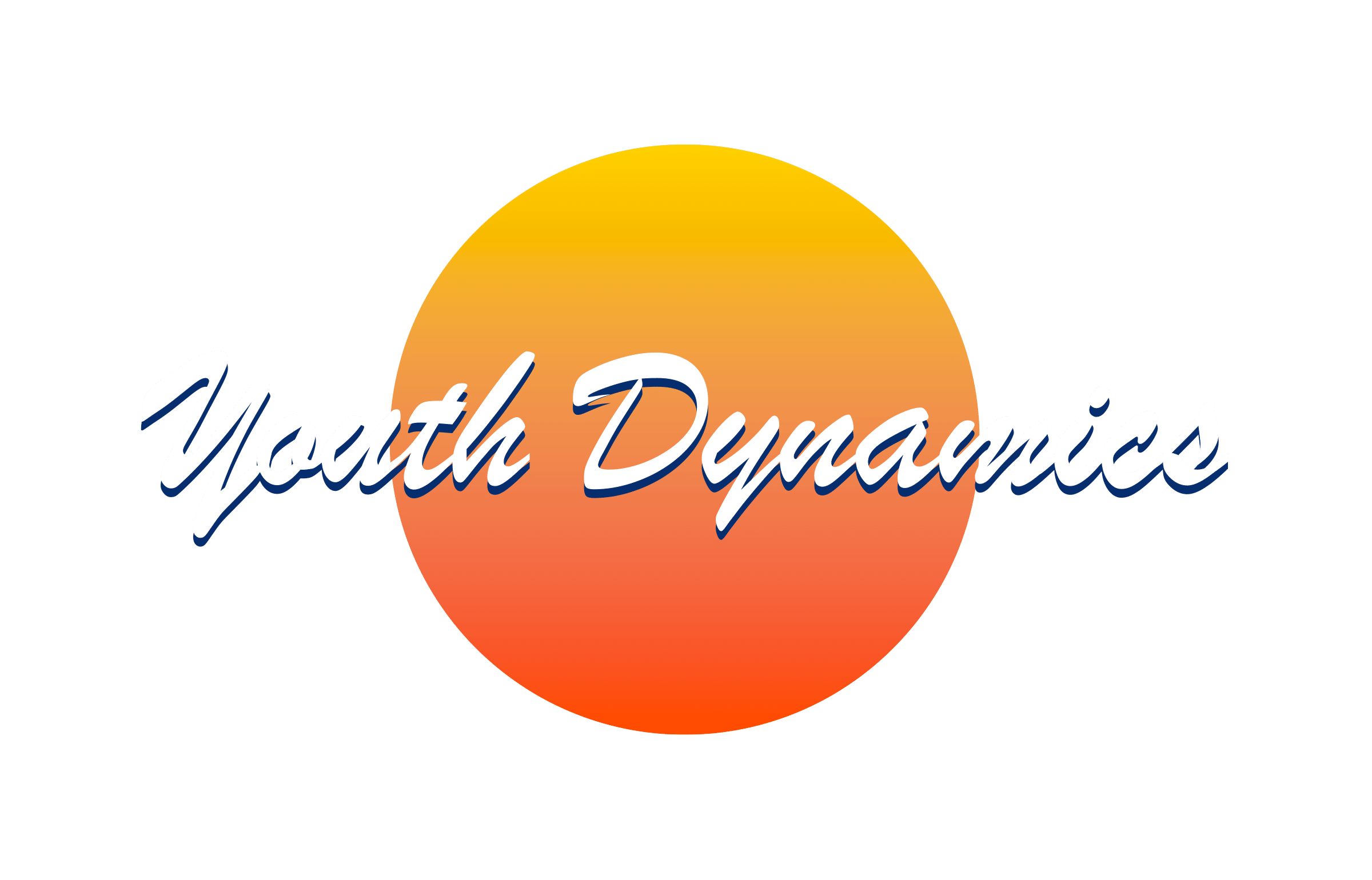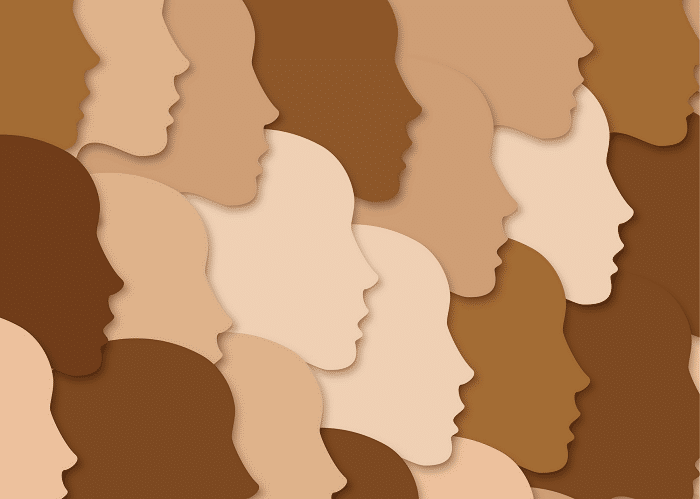July is Minority Mental Health Awareness Month! To celebrate, we’re exploring the culturally rich backgrounds of minority populations and the collective challenges they face within the mental health system. And this week? We’re taking a deep dive into the experience of Native Americans.
Sadly, native youth have one of the highest completed suicide rates in the nation. Watch the video below to take a closer look at the unique mental health challenges they face.
Did you know the United States is home to 574 federally recognized tribes? With Montana being home to twelve of them, it’s not a surprise that 20% of the kids we served last year were Native American. Something that makes it all the more important we, as providers, understand mental health from their cultural lens.
Below are a few facts from Mental Health America for professionals to keep front of mind.
Cultural Factors
- Many Native/Indigenous tribes embrace a worldview that encompasses the notions of connectedness (with the past and with others), strong family bonds, adaptability, oneness with nature, the wisdom of elders, meaningful traditions, and strong spirit that may serve as protective factors for mental health.
Prevalence
- Native/Indigenous people in America report experiencing severe psychological distress 2.5 times more than the general population.
- Although overall suicide rates are similar to Caucasians, there are significant differences among certain age groups. The suicide rate of Native/Indigenous people in America between the ages of 15-19 is more than double that of non-Hispanic whites.
Treatment Issues
- The concept of mental illness and beliefs about why and how it develops have many different meanings and interpretations among Native/Indigenous people. Physical complaints and psychological concerns are not distinguished, and Native/Indigenous people may express emotional distress in ways that are not consistent with standard diagnostic categories.
- Native/Indigenous people who meet the criteria for depression, anxiety, or substance abuse disorders are much more likely to seek help from a spiritual or traditional healer than from specialty or other medical sources.
- Due to high poverty levels, many Native/Indigenous people in America face economic barriers that prevent them from receiving treatment.
- Lack of awareness about mental health issues, available services, and providers who are sensitive to native culture can prevent them from receiving treatment.
Access/Insurance
- Approximately 43% of Native/Indigenous people in America rely on Medicaid or public coverage.
Want more?
Check out Mental Health America’s website for more information on Native American culture and their individualized mental health needs.
For more great content, browse our blog and follow us on social media! You can find us on Instagram at youthdynamicsmt, and Facebook at People of Youth Dynamics, and Youth Dynamics of Montana.



